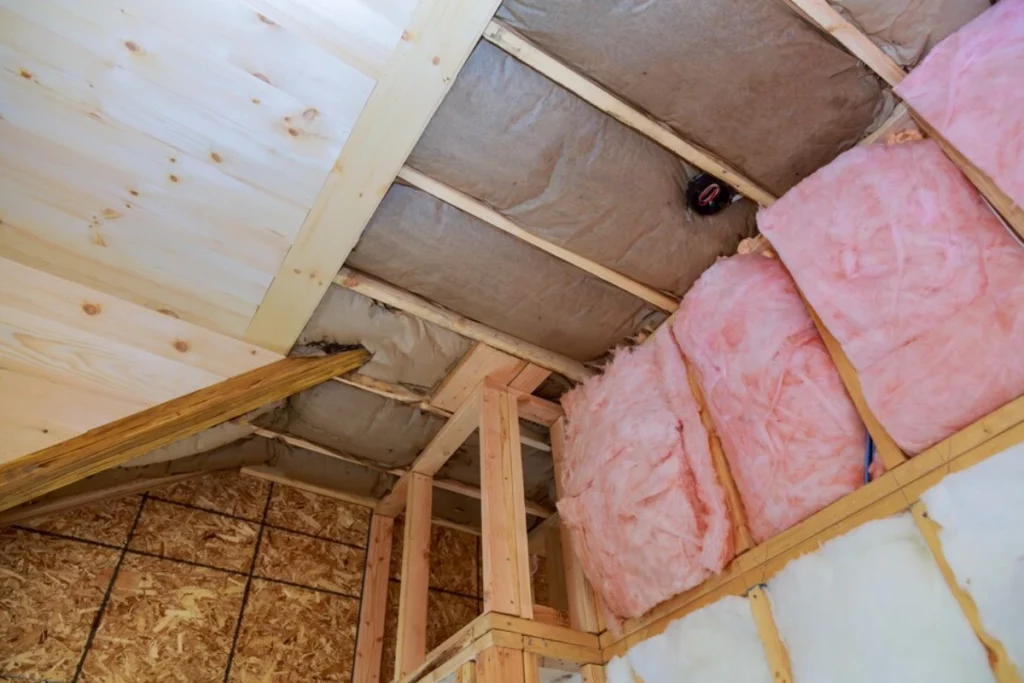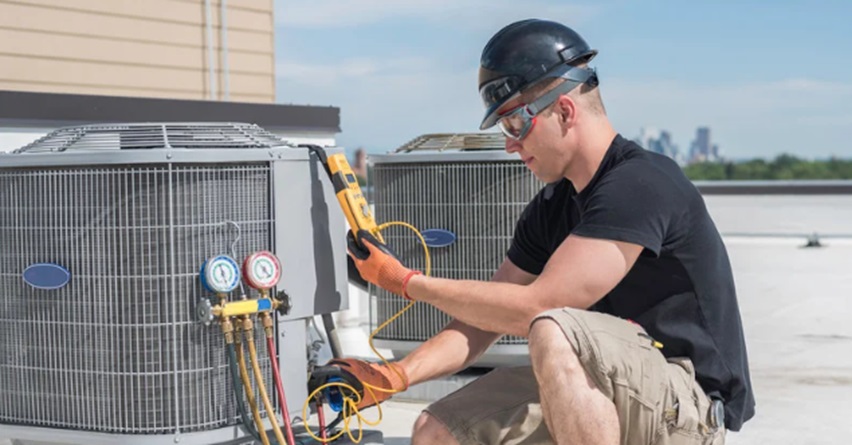A well-functioning roof relies on more than just durable shingles. It requires a complete system that includes proper ventilation and insulation to maximize efficiency and longevity. These elements work together to improve indoor comfort and:
- Extend the lifespan of the roof
- Lower heating and cooling costs
- Reduce energy consumption and environmental impact
The Importance of Attic Ventilation and Insulation
A well-insulated and ventilated attic prevents excessive heat and moisture buildup, which helps maintain stable conditions year-round. Without proper airflow and insulation, trapped heat and moisture can lead to severe roof and home damage, such as:
- Ice dams that block water drainage
- Premature deterioration of roofing materials
- Warped or sagging roof decking
- Rusting of metal components like nails
- Growth of mold, mildew, and fungi
- Interior damage due to moisture infiltration
How Attic Ventilation Works
Attic ventilation removes excess moisture and stagnant hot air while keeping conditioned air inside the home. A well-ventilated attic helps maintain comfortable indoor temperatures and prevents common roofing issues.
- In cold climates: Reduces frost buildup and minimizes the formation of ice dams
- In warm climates: Lowers attic temperatures and controls humidity levels
Key Principles of Effective Ventilation
Proper attic ventilation follows three core principles, often referred to as the ABCs of ventilation:
A = Adequate Ventilation
The right amount of ventilation is essential. Building codes typically require a minimum ratio of 1 square foot of ventilation per 150 square feet of attic space, though a properly balanced system may allow a 1:300 ratio. The exact requirements may vary by region, so checking local regulations is recommended.
B = Balanced System
Ventilation must be evenly distributed between intake and exhaust vents, with a 50/50 balance. Exhaust vents, located near the roof’s peak, draw air out of the attic. Without sufficient intake vents near the eaves, this creates negative pressure, pulling conditioned air from the home into the attic—leading to energy waste and discomfort. A balanced system maintains efficiency and indoor air quality.
C = Controlled Airflow
Sealing air leaks and adding insulation helps prevent conditioned air from escaping into the attic. Proper insulation keeps warm air inside during winter and prevents excessive heat from entering during summer, improving overall energy efficiency.
How Insulation Works
Heat naturally moves from warmer areas to cooler ones. In winter, heat from indoor spaces travels to colder areas like attics, garages, and the outdoors. In summer, outdoor heat can seep into living areas. Insulation slows this heat transfer, maintaining comfortable indoor temperatures and reducing energy use.
Understanding R-Value
Insulation effectiveness is measured by R-value, which indicates resistance to heat flow. A higher R-value provides better insulation. The required R-value depends on climate and building codes, with colder regions generally requiring higher values.
Benefits of Proper Attic Insulation
Installing quality attic insulation benefits both the home and the environment:
- Energy savings: Reduces heating and cooling costs
- Increased comfort: Helps maintain consistent indoor temperatures
- Extended roof lifespan: Prevents moisture damage and heat-related wear
- Environmental benefits: Lowers energy consumption and reduces emissions
Sealing Air Leaks to Improve Efficiency
Up to 40% of home air leakage can occur through the attic floor. Sealing these gaps before adding insulation can lower energy bills by up to 15%. Air leaks typically occur around soffits, recessed lighting, electrical boxes, and ceiling joints. Identifying and sealing these problem areas helps prevent moisture-related damage.
Choosing the Right Insulation
Fiberglass insulation, available in batts, rolls, and loose-fill options, is commonly used in attics due to its thermal resistance and soundproofing properties. When selecting insulation, consider factors such as R-value, climate requirements, and installation method.
Installing Insulation in Your Attic
Fiberglass insulation is relatively easy to install, making it a popular choice for homeowners. Batts and rolls can be unrolled and placed between rafters or joists, while loose-fill insulation can be blown in to achieve desired coverage. For those unsure about installation or R-value requirements, consulting a professional can help ensure optimal performance.
Before installing insulation, attic vents should remain clear to maintain airflow. Baffles can be added at soffits to keep ventilation paths open and prevent insulation from blocking air circulation.
Conclusion
A well-insulated and ventilated attic plays a crucial role in enhancing roof performance, reducing energy costs, and creating a comfortable indoor environment. By sealing air leaks, choosing the right insulation, and maintaining balanced ventilation, homeowners can protect their roofs and maximize energy efficiency year-round.










